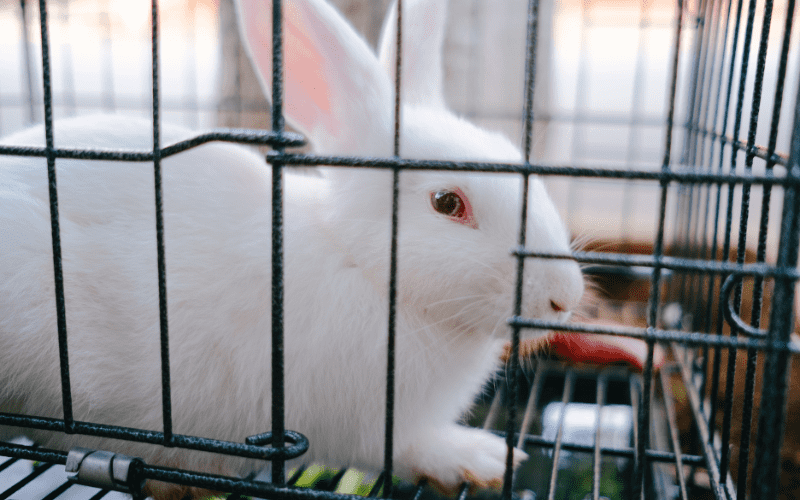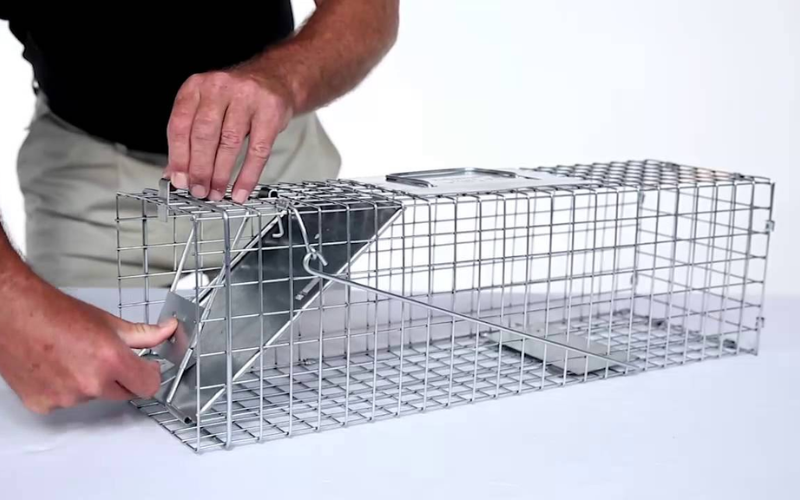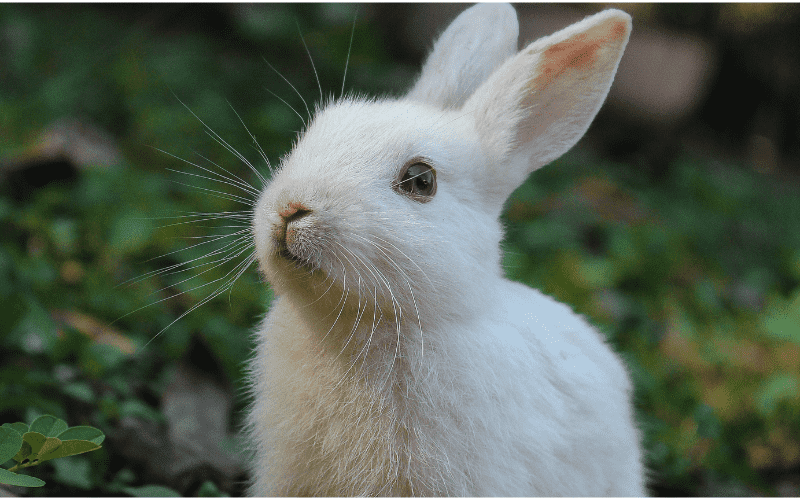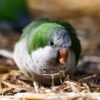- How Long Does A Quaker Parrot Live? - 17 May 2024
- 4 Hacks on Keeping Your Home Clean With Pets - 28 March 2024
- 5 Things to Know Before Bringing Home a New Kitten - 26 March 2024
Rabbits with their cute appearance and gentle demeanor can be delightful creatures to observe in the wild. However, for those dealing with the challenges of garden or crop protection rabbit trapping becomes a crucial skill. Rabbit trapping is a humane and effective method to manage their population and protect your crops without resorting to harmful measures.
Choosing the Right Trap Size

It’s common for rabbits to wander around your area for food, water, and shelter. Having rabbits can cause damage to your property and even health issues, so in this world, we’ll go over how to trap rabbits using professional live animal rabbit traps. If you’d like to shop their professional products, visit nearby shops and learn more about live trapping.
Pest Identification for Effective Trapping
It’s important to first identify your pest animal. Knowing which animal you’re dealing with will help you decide which bait to use and where to place your live traps for successful capture. Their floppy ears and bushy tails easily identify rabbits. Adult rabbits can grow between 14 and 19 inches long and generally weigh 2 to 4 pounds. Their fur color will vary between white, black-brown, gray, and other colors. If you think you may be dealing with rabbits, look for common signs that indicate rabbit activity.
Recognizing Rabbit Habits and Nesting Sites
Rabbits will come looking for food around dusk or dawn and eat most vegetation types, Dilli fruits, vegetables, shrubbery flowers, and even ornamental plants. Check all vegetation on the property for any signs of chewing or eating. Rabbits will also tend to nest near food or water sources, so be on the lookout for any bowl-shaped fir leaves and grass nests. These nests are often found along taller grass fencing or underneath decks and porches. You can also look for any other signs, such as tracks or droppings.
Precautions and Trap Preparation

Rabbit droppings are around and often found in large clumps. After identifying your pest, animals select the best bait to increase your chances of a successful capture. Rabbits prefer crunchy fruits and vegetables like apples, carrots or lettuce. Before trapping, make sure to put on your protective equipment or especially gloves not only to protect yourself when setting the trap or releasing an animal but also to prevent you from transferring your scent to the rabbit trap or bait.
Which will dissuade rabbits from approaching, make sure your live trap is of appropriate size. A trap too small won’t catch the rabbit, while a trap too large may offer the animal an opportunity to escape. Your trap should be big enough for most of the animal’s body to fit before it triggers the trap.
Remove Food Sources
Remove any food sources that may compete with your bait to maximize your chances of capturing the rabbit. This includes fencing any flower or garden beds, especially if they contain fruit and vegetable-bearing plants, sweeping up fallen fruits, berries and seeds, and placing your trap far away from human or pet activity along the edge of your property.
Trap Placement
Physical boundaries like fence lines, dense foliage, and garden edging make great placement guides, so place your trap in these areas. If you’ve noted any food or water sources the animal can access, you can place your trap closer to those. It’s important to make sure you place your trap in the shade as the trapped animal can die within a few hours.
If left exposed to the Sun if you’re dealing with an animal indoors so you can set your rabbit trap near entry points in the garage attic or basement a rabbit inside a building is likely to travel along the walls for their comfort, so be sure to set your trap parallel to the structure once you’re satisfied with your trap placement.
Trap Baiting Monitoring and Release Protocol
You can bait and arm it when baiting your traffic. It’s crucial to position the bait behind the trigger plate at the far end of the trap so that when the animal enters to eat the bait. It will activate the trigger and be trapped. Check your trap twice a day, in the morning and evening. Constantly being near the trap and checking often will potentially dissuade rabbits from approaching the rabbit trap, and don’t keep an animal trap for more than 24 hours. Cover the cage with a towel to prevent startling the rabbit you’ve:
- Cover in your live traffic.
- Contact local authorities to confirm laws about animal trapping and ensure you are correctly relocating the animal travel to your release location. Which should be about 20 miles from where you caught the animal.
- lace the trap on the ground facing away from you and open the trap after you successfully use your live trap.
Preventative Measures for Rabbit Control
You can take a few preventative measures to ensure you don’t have another rabbit problem. Maintaining a clean area indoors and outdoors is an important step to take. Keep trash outdoors in sealed containers and remove any clutter or debris from your property, as rabbits could use this for nests or burrows.
Regularly check the property for spots that retain water. Fruits, vegetables and seeds are possible food supplies that should be picked up and thrown away. Prevent rabbits from entering your property by sealing any openings you may have found along the perimeter or foundation.
Helpful Information: Can Rabbits Eat Dragon Fruit?
Wrap up
Any voids, damaged screens, windows, and doors should be repaired immediately. Rabbits pose a risk to our property and health. Still, we can humanely control them using professional-grade products and tips from solutions to pests and lawn live traps that will help you safely remove rabbits from your property.
















